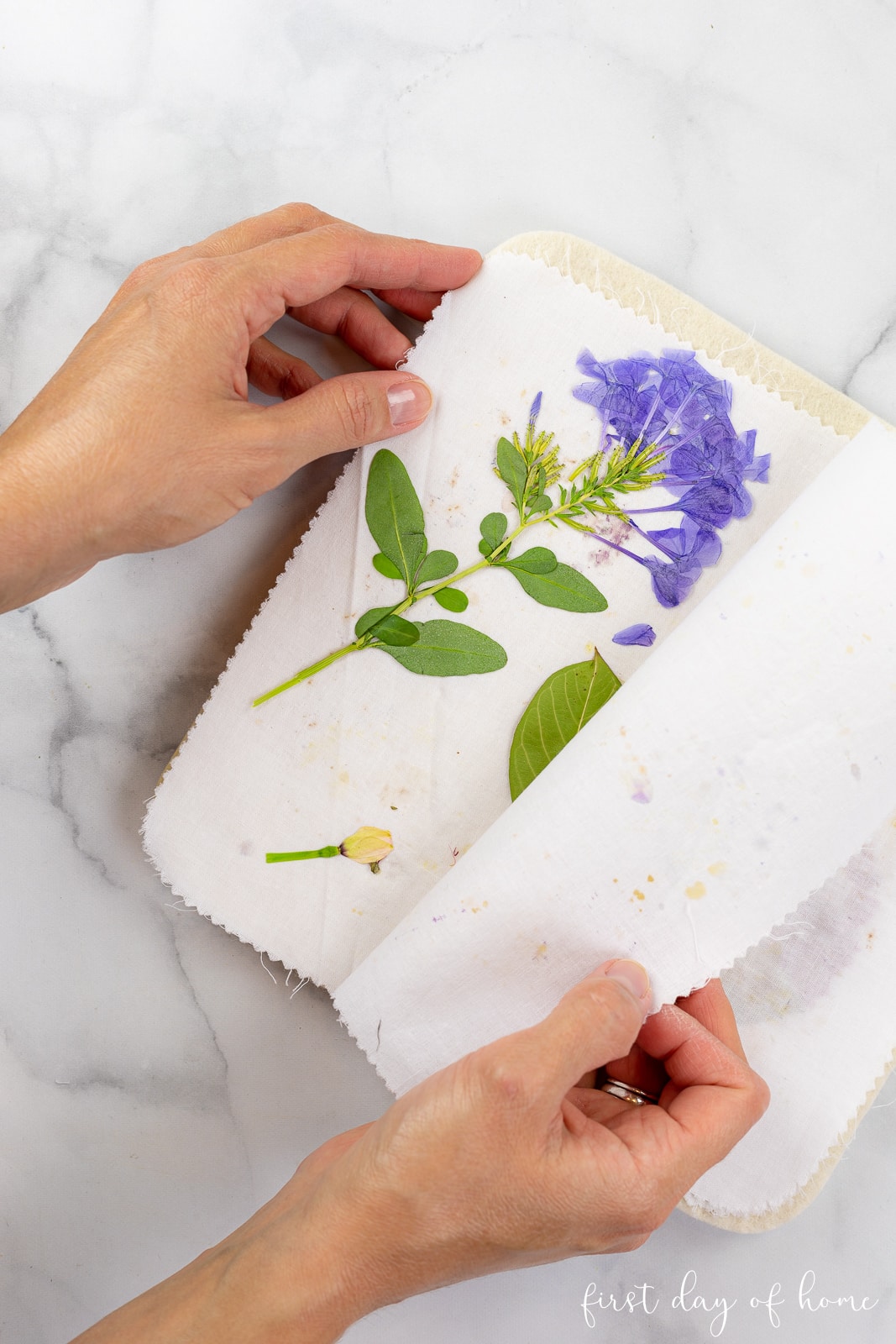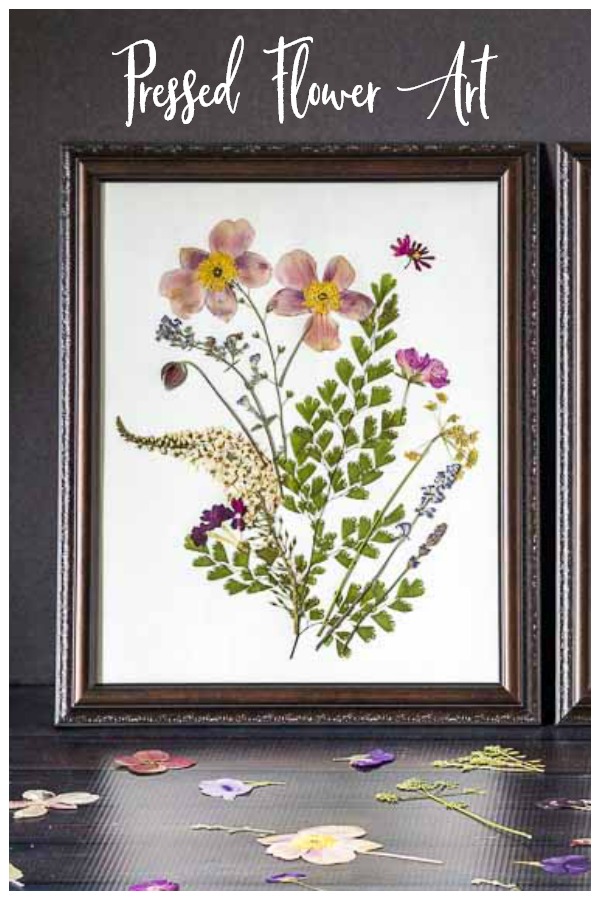The Enduring Art of Flower Pressing: A Timeless Craft Rooted in History

Flower pressing, the art of preserving flowers and foliage by flattening and drying them, is a practice that has captivated hearts and hands for centuries. More than just a simple hobby, it’s a way to capture the fleeting beauty of nature, immortalizing ephemeral blooms in a tangible form. From delicate Victorian keepsakes to modern botanical art, flower pressing continues to flourish as a rewarding and versatile craft. This article will delve into the history, techniques, applications, and enduring appeal of flower pressing.
A History Steeped in Botany and Sentiment
While the precise origins of flower pressing are difficult to pinpoint, its roots are deeply intertwined with the history of botany and the Victorian era. Early botanists, driven by a desire to study and classify plants, relied on pressing specimens for preservation. Dried and mounted, these botanical samples served as crucial references for identification, research, and education. Herbaria, collections of pressed plants, became invaluable resources for scientific understanding and continue to be important today.
However, flower pressing transcended the purely scientific realm in the Victorian era. During this time, the practice became a popular pastime, fueled by a romantic fascination with nature and a desire to express sentiments through the language of flowers. Victorians were keen on symbolism, and specific flowers were imbued with particular meanings, allowing them to convey messages of love, friendship, remembrance, and even mourning. Pressed flowers became integral parts of scrapbooks, albums, and decorative crafts, serving as tangible reminders of cherished moments and loved ones.
Victorian flower pressing often involved elaborate techniques and a keen eye for aesthetics. They used heavy books, specialized presses, and even heated irons to ensure the flowers dried flat and retained their color. These pressed blooms were then meticulously arranged and glued onto cards, framed pictures, or even incorporated into intricate floral collages. The artistry involved in Victorian flower pressing elevated the craft to a true art form.
The Timeless Appeal: Why Flower Pressing Endures
Despite the passage of time and the advent of modern technology, flower pressing continues to hold a special appeal. Its enduring popularity can be attributed to several factors:
Connection to Nature: In an increasingly digital world, flower pressing offers a tangible connection to the natural world. It encourages us to slow down, observe the beauty of flowers, and appreciate the subtle details of their form and color.

Creative Outlet: Flower pressing provides a creative outlet for individuals of all ages and skill levels. From simple bookmarks to intricate floral arrangements, the possibilities are endless. It allows for experimentation with color, texture, and composition.

Preservation of Memories: Flowers often hold sentimental value, representing special occasions, loved ones, or cherished memories. Flower pressing allows us to preserve these memories in a tangible form, creating lasting keepsakes that can be enjoyed for years to come.
Sustainability: Flower pressing is a sustainable and environmentally friendly craft. It allows us to repurpose flowers that would otherwise be discarded, giving them a new lease on life.
Accessibility: Flower pressing is a relatively inexpensive and accessible craft. It requires minimal equipment and can be enjoyed by anyone with access to flowers and a little bit of patience.

Mastering the Art: Techniques and Tips for Successful Flower Pressing
While the basic principles of flower pressing are simple, mastering the art requires attention to detail and a willingness to experiment. Here are some key techniques and tips for successful flower pressing:
Choosing the Right Flowers: Not all flowers are created equal when it comes to pressing. Flowers with naturally flat structures, such as pansies, violets, and daisies, tend to press well. Flowers with thicker petals, such as roses and lilies, can be more challenging but can still be pressed with careful preparation. It is best to pick flowers on a dry day, ideally in the morning after the dew has evaporated.
Preparation is Key: Before pressing, remove any excess foliage from the flowers. For thicker flowers, you can carefully dissect them by removing some of the petals to create a flatter surface. Be gentle to avoid bruising the delicate petals.
The Pressing Process: The traditional method of flower pressing involves placing the flowers between sheets of absorbent paper, such as blotting paper or newspaper. These sheets are then placed inside a heavy book or a specialized flower press. The weight applied to the flowers helps to flatten them and extract moisture.
Patience is a Virtue: The drying process can take several weeks, depending on the thickness of the flowers and the humidity of the environment. It is important to be patient and avoid disturbing the flowers during this time. Check the flowers periodically and replace the absorbent paper if it becomes damp.
Alternative Methods: While the traditional method is widely used, there are alternative methods for flower pressing. Some people use microwave presses, which significantly reduce the drying time. Others use ironing techniques, carefully pressing the flowers between sheets of paper with a warm iron.
Preserving Color: One of the biggest challenges of flower pressing is preserving the vibrant colors of the flowers. To minimize color fading, avoid exposing the flowers to direct sunlight during the drying process. You can also experiment with using silica gel, a desiccant that helps to draw moisture out of the flowers quickly, preserving their color and shape.
Beyond the Press: Creative Applications of Pressed Flowers
Once you have a collection of beautifully pressed flowers, the possibilities for creative applications are endless. Here are just a few ideas:
Framed Art: Pressed flowers can be arranged and framed to create stunning botanical art. Experiment with different compositions, colors, and textures to create unique and personalized pieces.
Greeting Cards and Bookmarks: Pressed flowers can be used to embellish greeting cards and bookmarks, adding a touch of natural beauty to these everyday items.
Jewelry: Pressed flowers can be encapsulated in resin to create delicate and unique jewelry pieces, such as pendants, earrings, and rings.
Scrapbooking and Collage: Pressed flowers are a wonderful addition to scrapbooks and collages, adding texture and visual interest to these creative projects.
Candle Decorating: Pressed flowers can be carefully adhered to candles, creating beautiful and fragrant decorative items.
Home Decor: Pressed flowers can be used to decorate a variety of home decor items, such as lampshades, coasters, and trays.
Resin Art: Pressed flowers are a popular addition to resin art. They can be embedded in resin to create stunning and unique pieces.
Flower Pressing FAQ:
- What flowers are best for pressing? Flowers with flat faces, such as pansies, violets, daisies, and cosmos, are generally easier to press. However, you can press almost any flower with a little preparation.
- How long does it take to press flowers? It typically takes 2-4 weeks for flowers to dry completely in a traditional flower press. Microwave presses and ironing techniques can significantly reduce the drying time.
- How do I prevent my flowers from fading? Avoid exposing the flowers to direct sunlight during the drying process. You can also use silica gel to help preserve their color.
- What kind of paper should I use? Absorbent paper, such as blotting paper, newspaper, or coffee filters, works best for pressing flowers.
- Can I press flowers that are already dry? It is best to press flowers when they are fresh and still contain moisture.
- How do I store my pressed flowers? Store pressed flowers in a cool, dry place away from direct sunlight.
- How do I glue pressed flowers without damaging them? Use a small amount of acid-free craft glue or a glue stick. Be gentle and avoid applying too much pressure.
- Can I press leaves and foliage? Yes, leaves and foliage can be pressed using the same techniques as flowers.
- Is flower pressing difficult? Flower pressing is a relatively easy craft to learn. With a little practice and patience, anyone can create beautiful pressed flower art.
Conclusion: A Timeless Craft for the Modern World
Flower pressing, with its rich history and enduring appeal, continues to captivate hearts and minds in the modern world. More than just a hobby, it’s a way to connect with nature, express creativity, and preserve cherished memories. Whether you’re a seasoned botanist or a curious beginner, flower pressing offers a rewarding and accessible craft that can be enjoyed for years to come. So, gather your flowers, grab your press, and embark on a journey of botanical artistry. The world of pressed flowers awaits!


